Ehsan Noroozinejad Farsangi
A Novel Approach for Deterioration and Damage Identification in Building Structures Based on Stockwell-Transform and Deep Convolutional Neural Network
Nov 16, 2021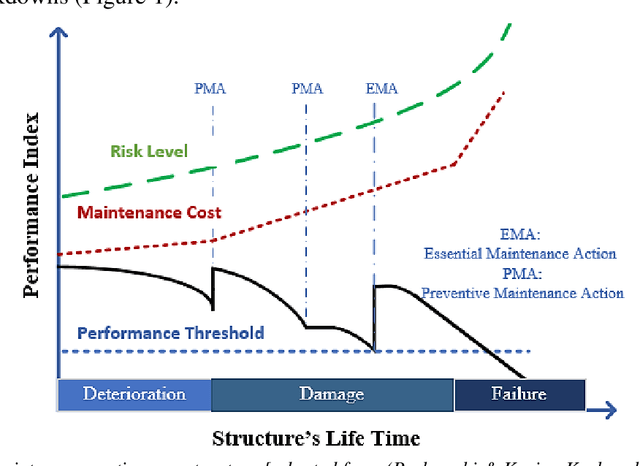

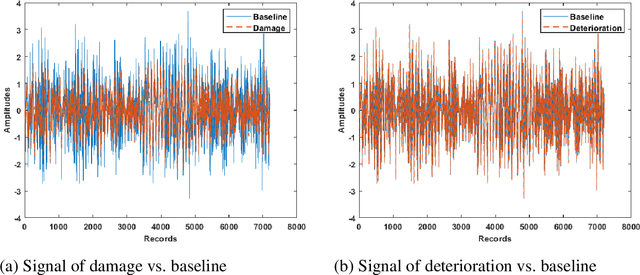
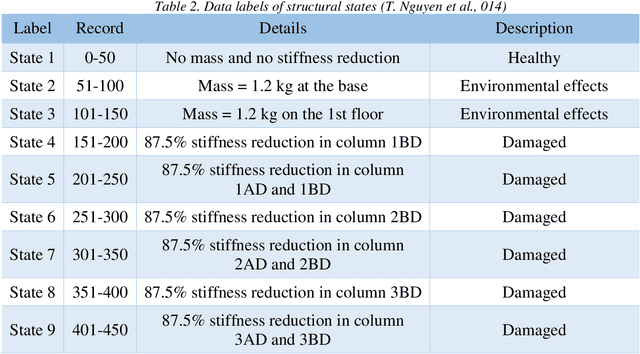
Abstract:In this paper, a novel deterioration and damage identification procedure (DIP) is presented and applied to building models. The challenge associated with applications on these types of structures is related to the strong correlation of responses, which gets further complicated when coping with real ambient vibrations with high levels of noise. Thus, a DIP is designed utilizing low-cost ambient vibrations to analyze the acceleration responses using the Stockwell transform (ST) to generate spectrograms. Subsequently, the ST outputs become the input of two series of Convolutional Neural Networks (CNNs) established for identifying deterioration and damage to the building models. To the best of our knowledge, this is the first time that both damage and deterioration are evaluated on building models through a combination of ST and CNN with high accuracy.
A Data-Driven Approach for Linear and Nonlinear Damage Detection Using Variational Mode Decomposition and GARCH Model
Nov 16, 2021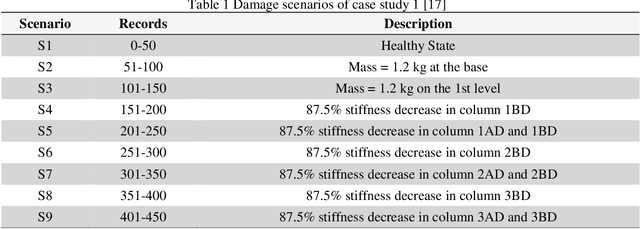

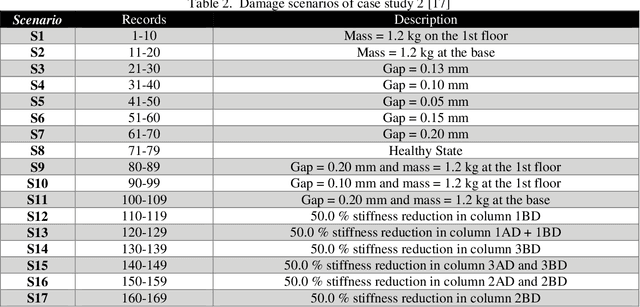

Abstract:In this article, an original data-driven approach is proposed to detect both linear and nonlinear damage in structures using output-only responses. The method deploys variational mode decomposition (VMD) and a generalised autoregressive conditional heteroscedasticity (GARCH) model for signal processing and feature extraction. To this end, VMD decomposes the response signals into intrinsic mode functions (IMFs). Afterwards, the GARCH model is utilised to represent the statistics of IMFs. The model coefficients of IMFs construct the primary feature vector. Kernel-based principal component analysis (PCA) and linear discriminant analysis (LDA) are utilised to reduce the redundancy of the primary features by mapping them to the new feature space. The informative features are then fed separately into three supervised classifiers, namely support vector machine (SVM), k-nearest neighbour (kNN), and fine tree. The performance of the proposed method is evaluated on two experimentally scaled models in terms of linear and nonlinear damage assessment. Kurtosis and ARCH tests proved the compatibility of the GARCH model.
 Add to Chrome
Add to Chrome Add to Firefox
Add to Firefox Add to Edge
Add to Edge